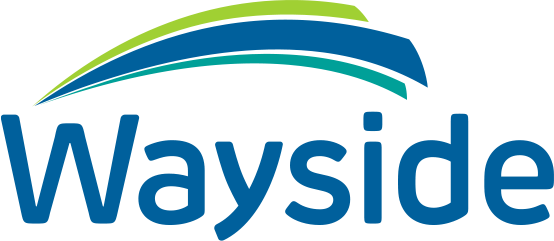Are you planning an event? To maximize attendance, you need a comprehensive multichannel strategy incorporating various marketing tools. Let’s look at seven “must-have” elements to make your next event successful.
1. Direct Mail
Direct mail remains a powerful marketing tool for event promotion. Use the unique power of print to showcase the event’s speakers, activities, and registration details. Personalize the content to cater to different segments of your target audience, making them feel valued and engaged. Direct mail is particularly effective for reaching potential attendees who have not responded to your email campaigns.
2. Email
Create a series of compelling and visually appealing emails to build anticipation and excitement leading up to the event. Send personalized invitations, reminders, and exclusive offers to registered attendees. Email automation can ensure participants receive timely updates and essential information, streamlining their event experience.
3. Promotional items
Branded promotional items are essential for leaving a lasting impression on event attendees. Offer valuable and relevant giveaways such as pens, notepads, water bottles, tote bags, or tech gadgets with your company logo. These items are tangible reminders of your event long after it’s over and can help reinforce brand recognition.
4. Signs, banners, and floor displays
Create visually appealing and professionally designed signs, banners, and floor displays to guide attendees through the event space. Clear and prominent signage will enhance the overall experience and ensure that participants can easily find different areas, booths, or sessions.
5. Table tents
Table tents are excellent tools for conveying important event information during sit-down meals or networking sessions. Place table tents on dining tables or other gathering areas to highlight the event schedule, sponsors, special offers, or interactive activities.
6. Branded T-shirts
Branded t-shirts are a fantastic way to unify your team and event staff while promoting your company’s identity. Outfit event organizers, volunteers, and staff with eye-catching t-shirts that display your logo and event theme. This conveys a sense of professionalism and quality.
7. Social media
Leverage the power of social media to create buzz and excitement before, during, and after the event. Develop a comprehensive social media strategy that includes posting engaging content, behind-the-scenes glimpses, speaker highlights, and real-time updates during the event. Encourage attendees to share their experiences using event-specific hashtags to maximize visibility and reach.
A well-rounded and integrated promotional approach is essential for success when planning an event. By integrating various marketing channels, you can engage attendees, foster brand recognition, and encourage word-of-mouth promotion, helping your event to be its best.


0 Comments